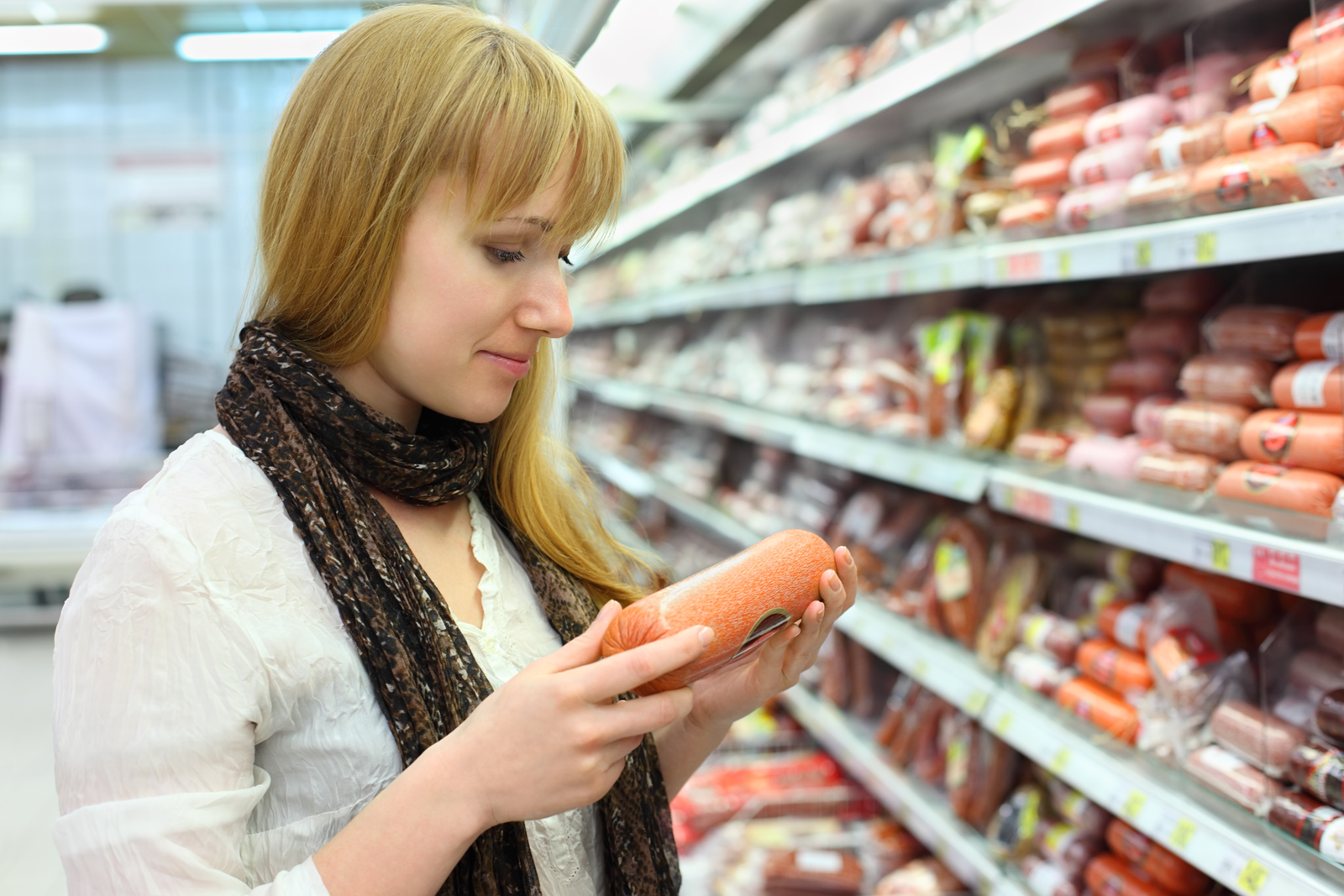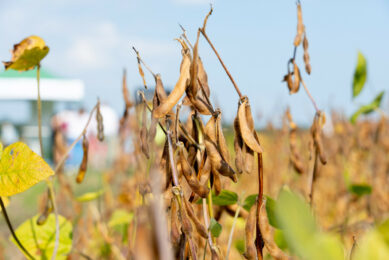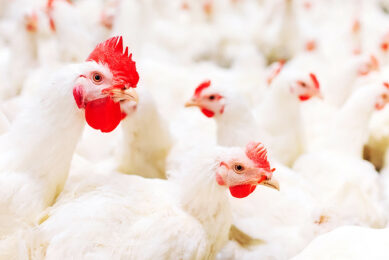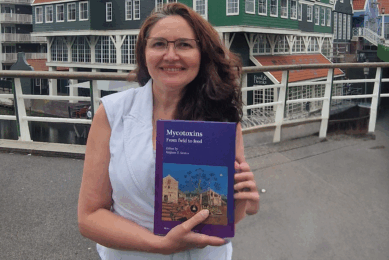Track and trace: From feed to fork

The recent horse meat incident in Europe illustrates the complexity that still exists within the food supply chain in developed markets; not only is this already having an impact on locally produced livestock products as retailers are forced to restore customer confidence, many livestock producers exporting to Europe might be left wondering: what implications will this have on their business?
By Samantha Northey, Corporate Affairs director, AB Agri
Traceability – which means the ability to trace and follow a food, feed or food-producing animal through all stages of production, processing and distribution – is increasingly important for suppliers around the world; shortening their supply chains will enable them to deliver effective traceability.
They must also demonstrate adequate controls are in place not only within the food but also the feed sector.
Judith Nelson, who spoke during an ABCA seminar in March ahead of VIV Asia, explained how the legislative framework was developed in the EU. “The catalyst was a number of serious crises concerning human health and animal feed. These crises included BSE in the late 1980s and the dioxin crisis in 1999 when human foodstuffs, mainly eggs and chickens, were found to be contaminated with dioxins via feed. Public opinion was in shock and consumer confidence needed urgently to be restored. The emphasis of this work had to consider ways in which to ensure both feed and food safety.
The European Commission set out plans in 2000 for a proactive new food policy to require all food and feed businesses to work within the same, harmonised legislative framework designed to assess and manage all hazards throughout the supply chain. Indeed, the definitions for ‘food’ and ‘feed’ are virtually identical in regulations, including any substance or product, whether processed, partially processed or unprocessed, intended to be consumed by humans or animals.”
Food safety risk management in Europe is coordinated by the European Commission, who publishes legislation. The EU Food and Veterinary Office checks and ensures that control and audit systems are carried out with appropriate frequency both in member states and in third countries exporting to the European Union and that they comply with the requirements of the EU food and feed legislation. Risk assessment is the responsibility of the European Food Safety Authority (EFSA).
Feed assurance schemes
Nelson continues, “Not only were the series of food and feed scares responsible for a major overhaul of EU food and feed legislation, they were also the major reason for the development of feed assurance schemes. Some of these scares were linked to product contamination with heavy metals, pesticide residues, micro-organisms, mycotoxins and veterinary medicines. Such contamination can potentially have an adverse impact across the EU feed industry in terms of reputation and costs. The European feed industry has developed feed assurance schemes which incorporate EU feed legislation and good manufacturing practices. A basic provision is that feed must not be unsafe and it must not have an adverse effect on animal and human health. The schemes further promote feed and food safety.”
EU feed assurance schemes include:
- Full traceability – both upstream and downstream – the EU food and feed regulation requires any feed business to be able to identify the source of feed ingredients and destination of feed.
- Recall procedure – the EU food and feed regulation states that a feed business must withdraw unsafe feed from sale or recall from farm if it is already sold.
Nelson further elaborated on the development in the UK, explaining that “the Agricultural Industries Confederation (AIC), an industry trade association, have launched feed and food assurance schemes, demonstrating both legislative and commercial advantages to feed manufacturing members. This includes feed ingredients, processed feeds, livestock producers, and processors, retailers and consumers.
As well as delivering joined-up assurance, these industry-led standards have helped in delivering compliance with legislation. This is being recognised at EU level whereby FEFAC (organisation representing the EU feed industry), DG SANCO (of the European Commission) and the Food and Veterinary Office will discuss the enforcement and implementation of the EU feed hygiene regulation in May.”
In light of stricter requirements for suppliers into the European food sector, what are the implications for Asian livestock producers seeking to export to the EU?
A number of countries in Asia are looking to go beyond standard rules to strengthen their food law. Several see the European Union as providing a good basis for working in a confederation of states whereby there is one set of law for several jurisdictions. This harmonised legislation also helps to access a wider market.
The Food and Veterinary Office inspection reports are available on the Commission’s website and, for example, this shows that 20 inspections in Thailand since 2002 and 20 inspections in China since 2006 have been carried out. In both countries, the inspections were on a range of goods including poultry meat products and the control of residues and contaminants in live animals and animal products.
The requirements for food exporters to the EU are set out in the food hygiene regulations. This includes a procedure to be taken if a company intends to export animals or animal products into the EU. The company should contact the relevant authorities in its own country who then have to get an approval of the Commission.
Conditions for such approval for the import into the EU include the product:
- Originated in an EU approved country;
- From an EU approved slaughterhouse;
- Having a health certificate signed by an official veterinarian of the exporting country confirming the product is free from disease;
- Being imported through an approved EU border inspection post;
- Free from antibiotic growth promoters.
In addition, suppliers of animal products should also make certain that they are meeting customer requirements. For UK retailers these could include:
- Poultry meat not being fed on GM feed materials such as soya;
- No meat and bone meal, which are banned as a feed material.
What are the likely future developments for feed and food safety in the EU?
Nelson comments, “The European Commission aims to improve controls on veterinary medicines and medicated feedingstuffs, food and feed safety.
Labelling of the origin of meat and the traceability of the products is also high on the agenda of European agriculture ministers following the meat fraud incident. The EU food information regulation introduces mandatory origin labelling for fresh meat from 1 January 2014.”
In conclusion, the EU food and feed system has been completely reformed since 2000 with requirements for safe food in many ways being virtually the same as for safe feed. Codes of practice throughout the feed and food chain have and will continue to play a very important role in delivering the EU food and feed system and some of these codes of practice are also in operation in other parts of the world including Asia.
Despite huge achievements in delivering improved feed safety assurance since the late 1980s, public awareness of the presence of horse meat in meat products will ensure that scrutiny of the food supply chain – both domestically produced and imported products – in the EU will be much greater for the next few years at least. Shorter supply chains and good traceability not only within the food sector but also the feed sector in Asia will help to safeguard companies exporting to the EU against the implications of the increased focus in this area.
Judith Nelson works as a Feed Specialist at the Agricultural Industries Confederation (AIC), having stepped down as head of the Feed Sector in 2008 after almost 30 years. Her responsibilities included working closely with member companies in the formulation of policy for the feed sector on a wide range of issues related to feed safety and legislation. She has extensive experience in working with UK government departments, principally with the Food Standards Agency (FSA), Defra and EU institutions, including the European Commission and European Parliament, as well as other stakeholders such as trade organisations representing retailers or livestock producers, in the feed and food chain. She is also an independent advisor for AB Agri where she has worked closely with the business in the UK and China, leading visits of Chinese government officials to the European Food Safety Agency and UK to understand practical feed safety. Prior to joining AIC, she worked for the Foreign and Commonwealth Office and Ministry of Agriculture.











